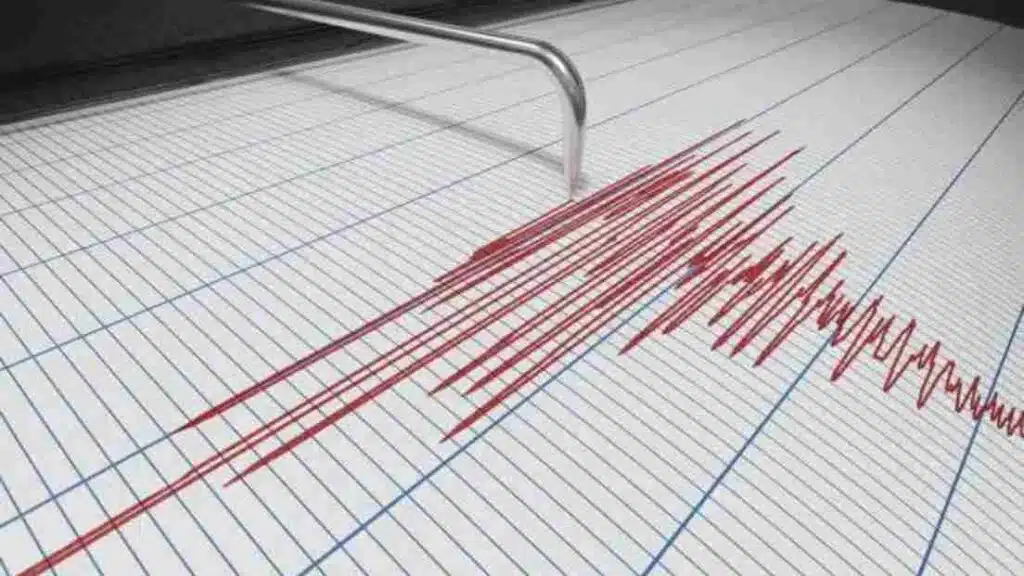How Do We Study Earthquakes?
Earthquakes are natural phenomena that have fascinated humans for centuries. The ground shakes, buildings sway, and sometimes devastation occurs. But how do we study earthquakes?
Studying earthquakes is important. It helps us understand the Earth’s dynamic processes and mitigate the effects of earthquakes on human lives and infrastructure.
As technology and knowledge advance, we are better able to predict and prepare for seismic events. By continuing to invest in earthquake research, we can build safer and more resilient communities.
What are Earthquakes?
An earthquake is a sudden release of energy in the Earth’s crust that creates seismic waves. It is often caused by the movement of tectonic plates, which are large pieces of the Earth’s lithosphere that float on the semi-fluid asthenosphere beneath them. When these plates grind against each other or collide, stress builds up until it is released in the form of an earthquake.
Causes of Earthquakes
Earthquakes can have various causes, but most of them are related to the movement of tectonic plates. The three main types of plate interactions that lead to earthquakes are:
1. Subduction Zones
In subduction zones, one tectonic plate is forced beneath another, leading to intense pressure and seismic activity.
2. Transform Boundaries
At transform boundaries, two plates slide past each other horizontally, causing friction and generating earthquakes.
3. Collision Zones
Collision zones occur when two tectonic plates move toward each other, leading to powerful earthquakes as they collide.
What are Seismic Waves?
Seismic waves are the vibrations that travel through the Earth’s layers during an earthquake. There are two main types of seismic waves:
1. Body Waves
Body waves travel through the Earth’s interior and include Primary waves (P-waves) and Secondary waves (S-waves).
2. Surface Waves
Surface waves travel along the Earth’s surface and cause the most significant damage during an earthquake. They include Love waves and Rayleigh waves.
How Do We Study Earthquakes?
Seismology is the scientific study of earthquakes and seismic waves. Seismologists use seismometers to detect and record ground motion during earthquakes. These instruments provide crucial data used to understand the earthquake’s location, depth, magnitude, and effects.
Richter Scale and Moment Magnitude Scale (Mw)
Two commonly used scales measure earthquakes:
1. Richter Scale
The Richter Scale measures the amplitude of seismic waves developed in 1935. It is a logarithmic scale, meaning each whole number increase represents a tenfold increase in amplitude and approximately 31.6 times more energy release.

2. Moment Magnitude Scale (Mw)
The Moment Magnitude Scale (Mw) is now the standard measure for earthquake magnitude. It considers the seismic moment, fault area, and slip along the fault to provide a more accurate representation of an earthquake’s size.
Impact of Earthquakes on the Environment
Earthquakes can cause significant damage to the environment, including:
- Ground Ruptures
- Landslides
- Tsunamis
- Liquefaction
- Changes in groundwater levels
Earthquake Preparedness and Safety Measures
Communities must take proactive measures to mitigate the impact of earthquakes. Some essential earthquake preparedness and safety measures include:
- Creating emergency plans
- Securing heavy furniture and objects
- Reinforcing buildings and infrastructure
- Conducting regular drills
Earthquake Early Warning Systems
Advanced technology now allows for the development of earthquake early warning systems. These systems can detect the initial waves of an earthquake and provide seconds to minutes of warning before the more damaging waves arrive.
The Future of Earthquake Research
Earthquake research is an evolving field. Scientists continue to explore new techniques and technologies to better understand and predict seismic activity. Advances in machine learning, data analysis, and sensor technology hold great promise for the future of earthquake studies.



Leave a Reply